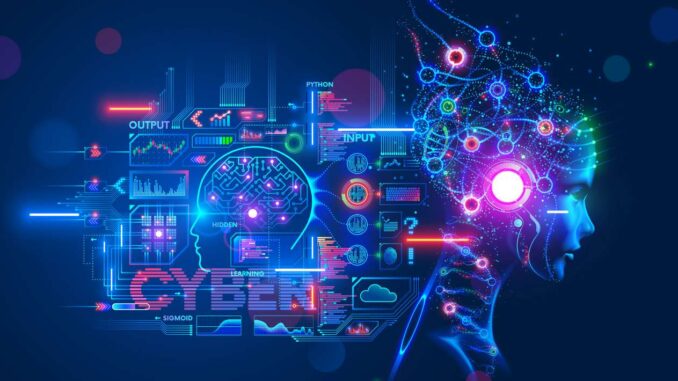
Speech recognition technology has a wide range of applications across various industries and sectors. Here are some notable applications:
1. **Voice Assistants**: – Smart speakers (e.g., Amazon Alexa, Google Home) use speech recognition to respond to user voice commands.









– Virtual assistants on smartphones (e.g., Siri, Google Assistant) perform tasks and answer questions based on voice input.
2. **Transcription Services**:
– Automated transcription services for meetings, interviews, and lectures that convert spoken language into written text.
– Tools for journalists and researchers to transcribe audio recordings quickly.
3. **Accessibility**:
– Assistive technology for individuals with disabilities, enabling them to interact with devices and applications using voice commands.
– Speech recognition software that converts speech to text for the hearing impaired.
4. **Voice Command Interfaces**:
– Hands-free operation of devices and applications in vehicles, allowing drivers to control navigation, music, and communication systems without taking their hands off the wheel.
– Home automation systems that allow users to control smart devices using voice commands.
5. **Customer Service**:
– Interactive Voice Response (IVR) systems that understand customer requests and direct them to the appropriate service or information.
– Chatbots that utilize speech recognition to interact with customers via phone or messaging platforms.
6. **Language Learning**:
– Language learning applications that use speech recognition to help users practice pronunciation and speaking skills.
– Tools that provide instant feedback on users’ spoken language abilities.
7. **Healthcare**:
– Physician dictation software that allows healthcare professionals to document patient information verbally, improving efficiency and reducing administrative burdens.
– Voice-controlled systems for hands-free usage in sterile environments, such as operating rooms.
8. **Security and Authentication**:
– Biometric authentication systems that recognize a person’s voice as a method of securing access to devices and applications.
– Voice recognition in banking and security systems for verification during transactions.
9. **Entertainment**:
– Voice-controlled gaming systems that allow players to interact with games using spoken commands.
– Smart TVs and streaming services that integrate voice search functionality for content discovery.
10. **Text-to-Speech Integration**:
– Applications that combine speech recognition with text-to-speech technology for a more interactive user experience, allowing users to dictate text and have it read aloud.
11. **Educational Tools**:
– Classroom tools that use speech recognition to facilitate lessons, quizzes, and interactive learning experiences for students.
– Applications that allow teachers to monitor and assess students’ verbal participation and understanding.
12. **Real-time Translation**:
– Devices and applications that use speech recognition to translate spoken language in real-time, aiding communication in multicultural settings (e.g., travel, conferences).
These applications illustrate the versatility and growing integration of speech recognition technology in everyday life. As technology advances, we can expect to see even more innovative uses emerge across various domains.

Leave a Reply